The car community is one of the most complex and diverse groups out there. While outsiders might lump us all into the same basket, those within car culture understand the distinctions. That’s why you’ll often catch us arguing over what seem to be insignificant details. But if there’s anything we can agree on, it’s the pride and satisfaction of a freshly cleaned interior. Even if the thing is smoking, backfiring, and beat-up on the outside, a clean cabin allows us to escape into the mystique of any car or truck.
There’s no shortage of products to help you clean your interior. The hardest part is sorting through all of the options. Now, we don’t know if you’re running leather or cloth seats, but we do know you’ve got a dashboard, a steering wheel, and plenty of other hard surfaces for dust and dirt to collect on. So, we set out to find out exactly what product is the best for cleaning your car’s interior.
Summary List
Best Overall: Mothers Speed Interior Detailer
Best Value: 303 All Surface Interior Cleaner
Honorable Mention: Chemical Guys Hydro Interior Ceramic Quick Detailer
Thickest Barrier: Meguiar's Ultimate Interior Detailer
Best Delivery: Turtle Wax Mist Interior Detailer
Best Finish: Chemical Guys Inner Clean Interior Quick Detailer
Best for Heavy Buildups: Miracle Wipes for Auto
Most Convenient: Armor All Air Freshening Cleaning Wipes
How We Tested
Testing cleaners seems pretty straightforward. Clean, then compare. That's how I started. However, the dash test I initially decided to perform wouldn’t work, and, it would only tell us so much about how the product performs. So, I opted to perform three basic tests. This way, I could display the effectiveness of each cleaner to the best of my ability.
Surface Test
With eight products to test, dashboard space was tight. Instead, we opted to use the rear hatch of a Honda Crosstour of all things. The surface test is pretty standard. I used a large area with a typical buildup layer, taped off a section for each of the cleaners, and compared the results side by side. This provided an overall look at how the products performed as a cleaning agent and a look at the finish each left behind.
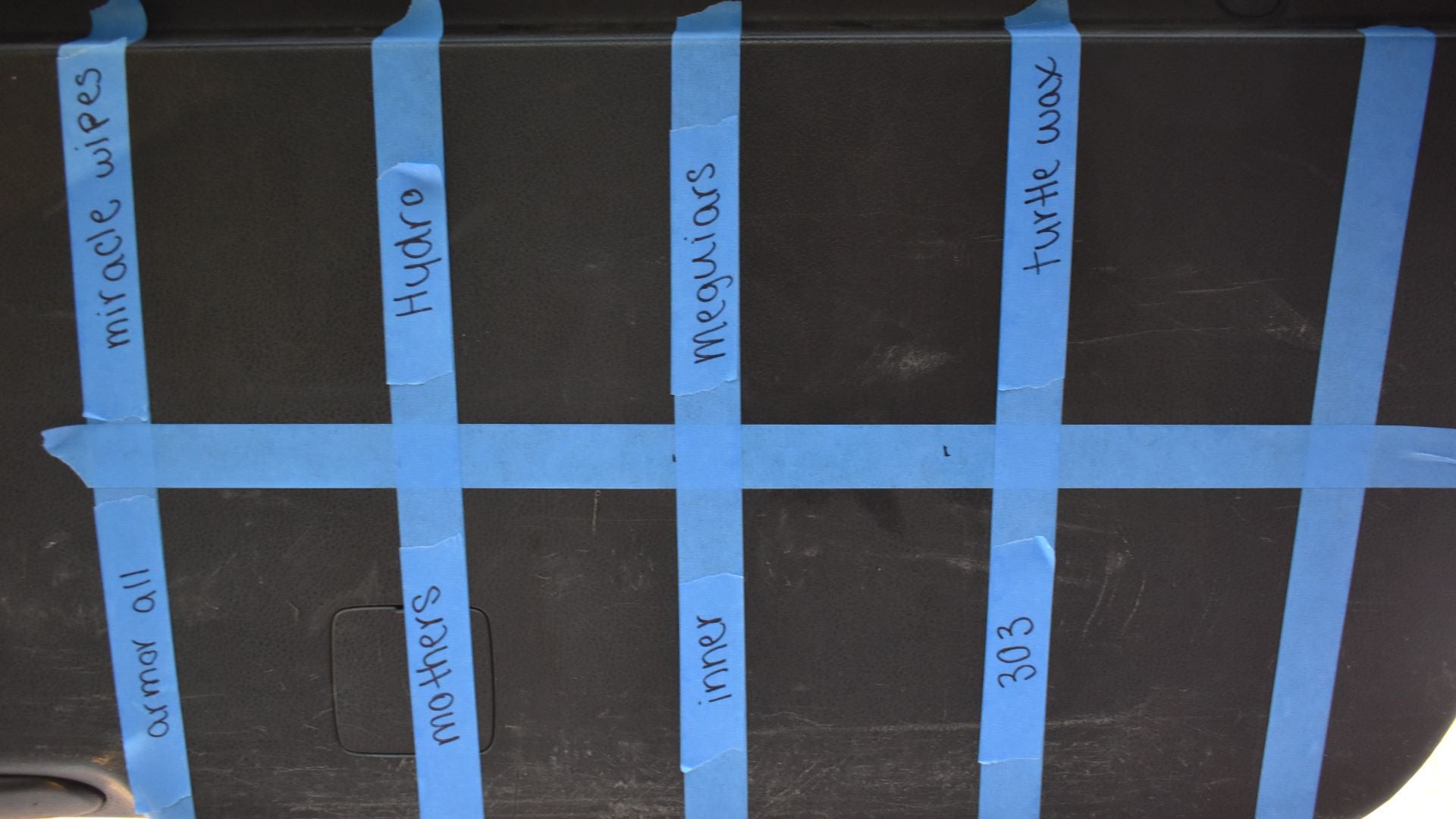
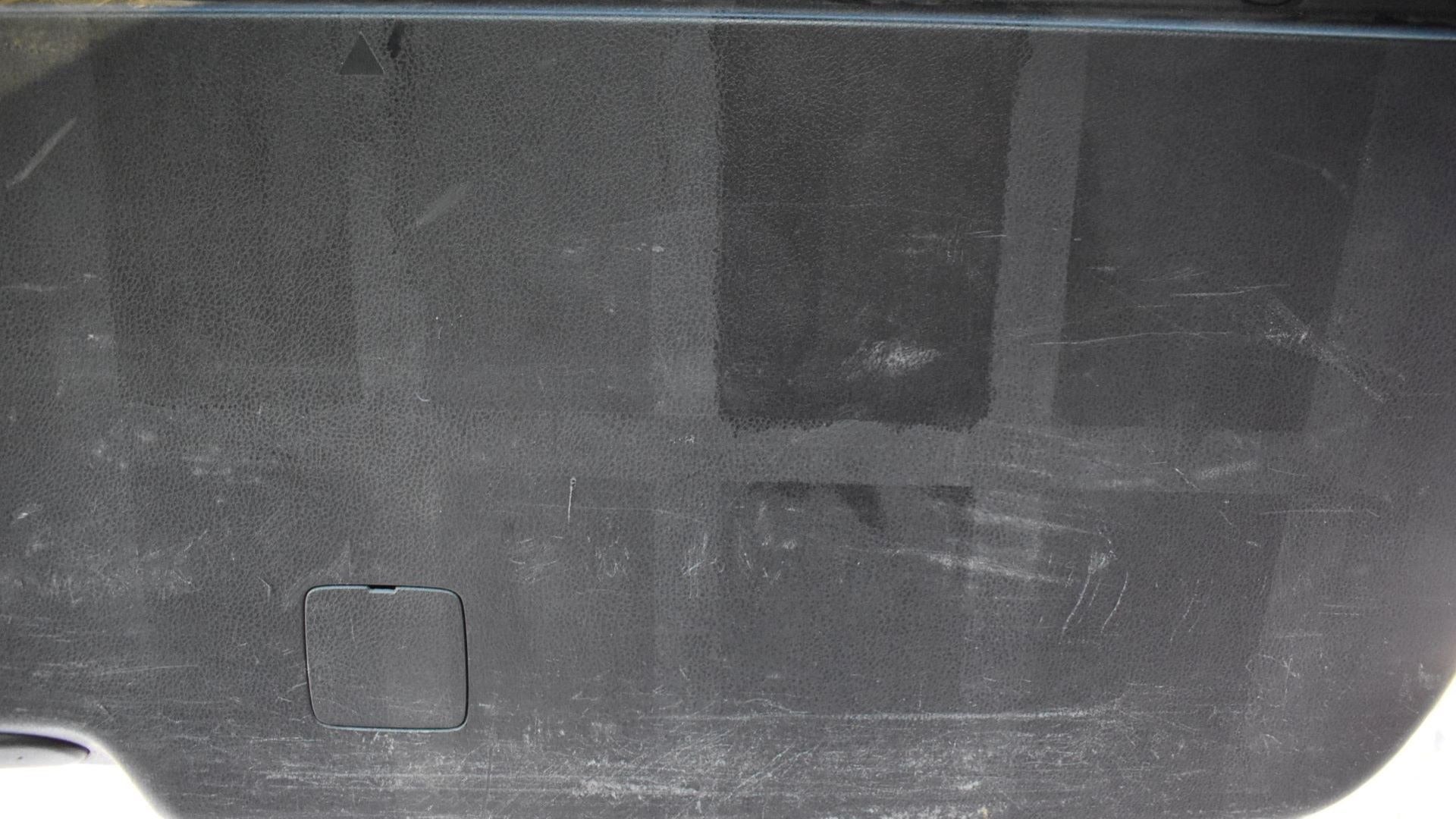
Some of the differences were just too close to call, and I immediately knew further testing was necessary.

Steering Wheel Test
Every product we're testing talks about how it's perfect for use on the parts you interact with regularly. To me, the dashboard doesn't fit that mold. So, I used these cleaners on the steering wheel of my project Charger. That way, I could determine how they impacted its feel to a notable degree.
Dust Resistance Test
To test each product's ability to repel dust, I decided to apply a layer to an old, beat-down center console sitting in my parts pile for some time. I essentially replicated the dash test by taping off sections for each of the cleaners and applying them accordingly.


Since it’s difficult to accumulate dust in short order, I decided to shake off a shop broom above each section. Then I gave the console a good shake. A quick swipe of tissue would reveal how much dust remained on the surface after each cleaner was applied.
Our Findings
With our large surface, steering wheel, and dust-resistance tests in mind, we put our contenders through the wringer. All performed admirably. Some did just what they were meant to do, while others went above and beyond our expectations.
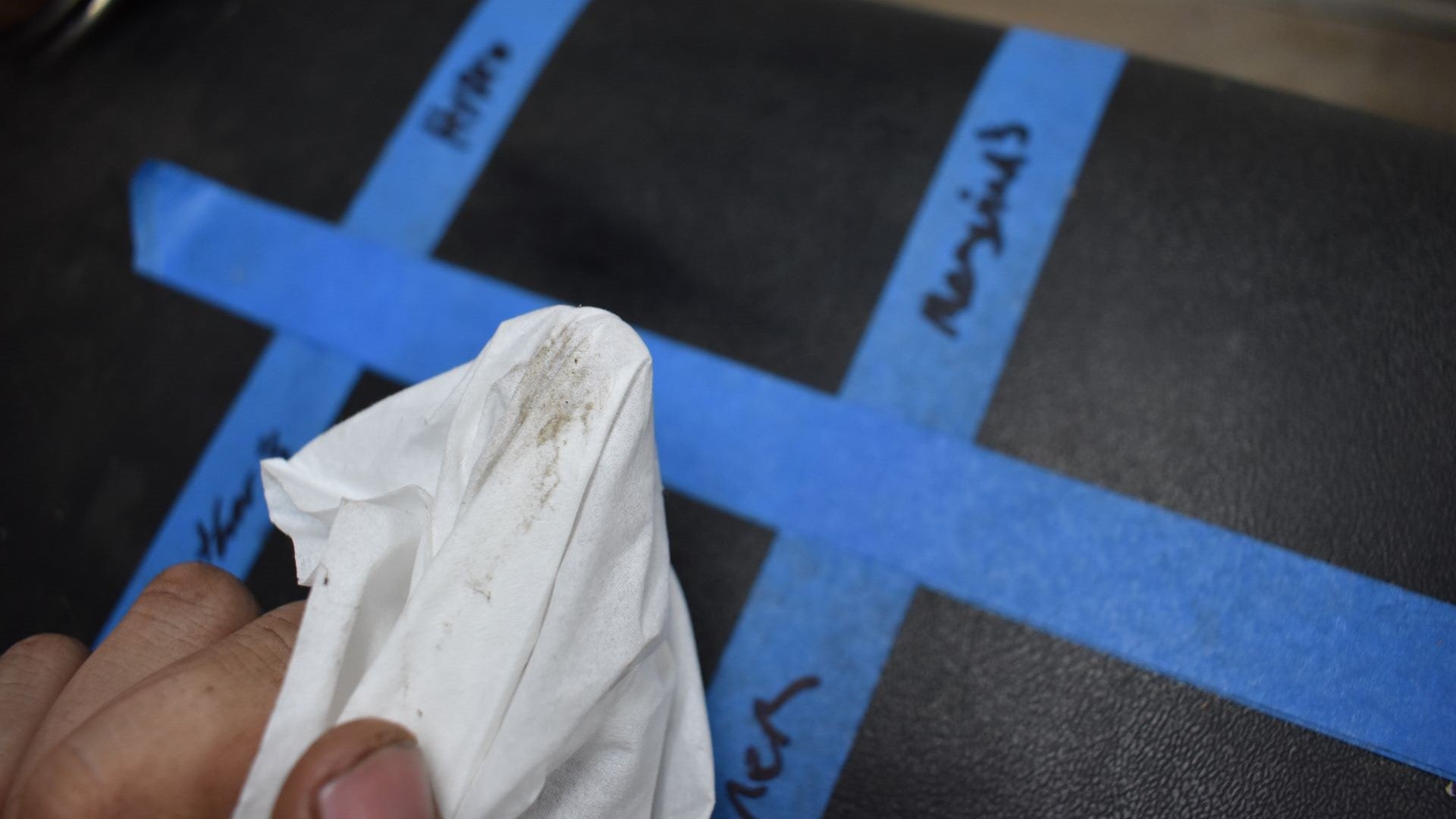
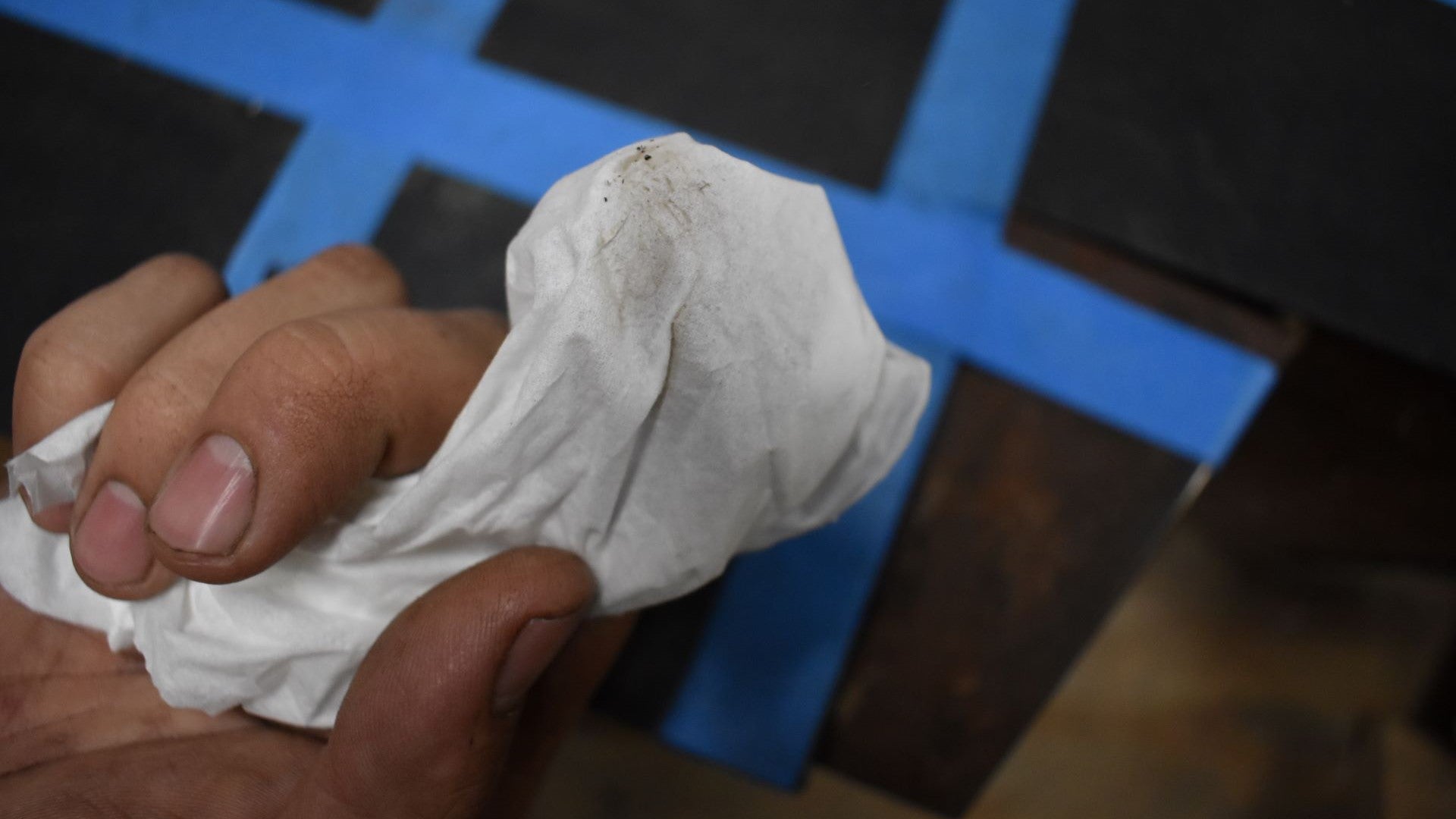
What helps this product to excel where it does is simple: it’s doing less. It doesn’t offer UV protection, nor does it provide some sort of “preferred” finish. It simply cleans and cleans well, leaving a light, almost undetectable layer of protection to repel dirt and dust.
The lack of other properties is surely why others would decide to reach for another interior cleaner or product. Look elsewhere at your own peril. If it’s clean you want, with 303 All Surface Cleaner it’s clean you’ll get. That makes it a fantastic value in my book.

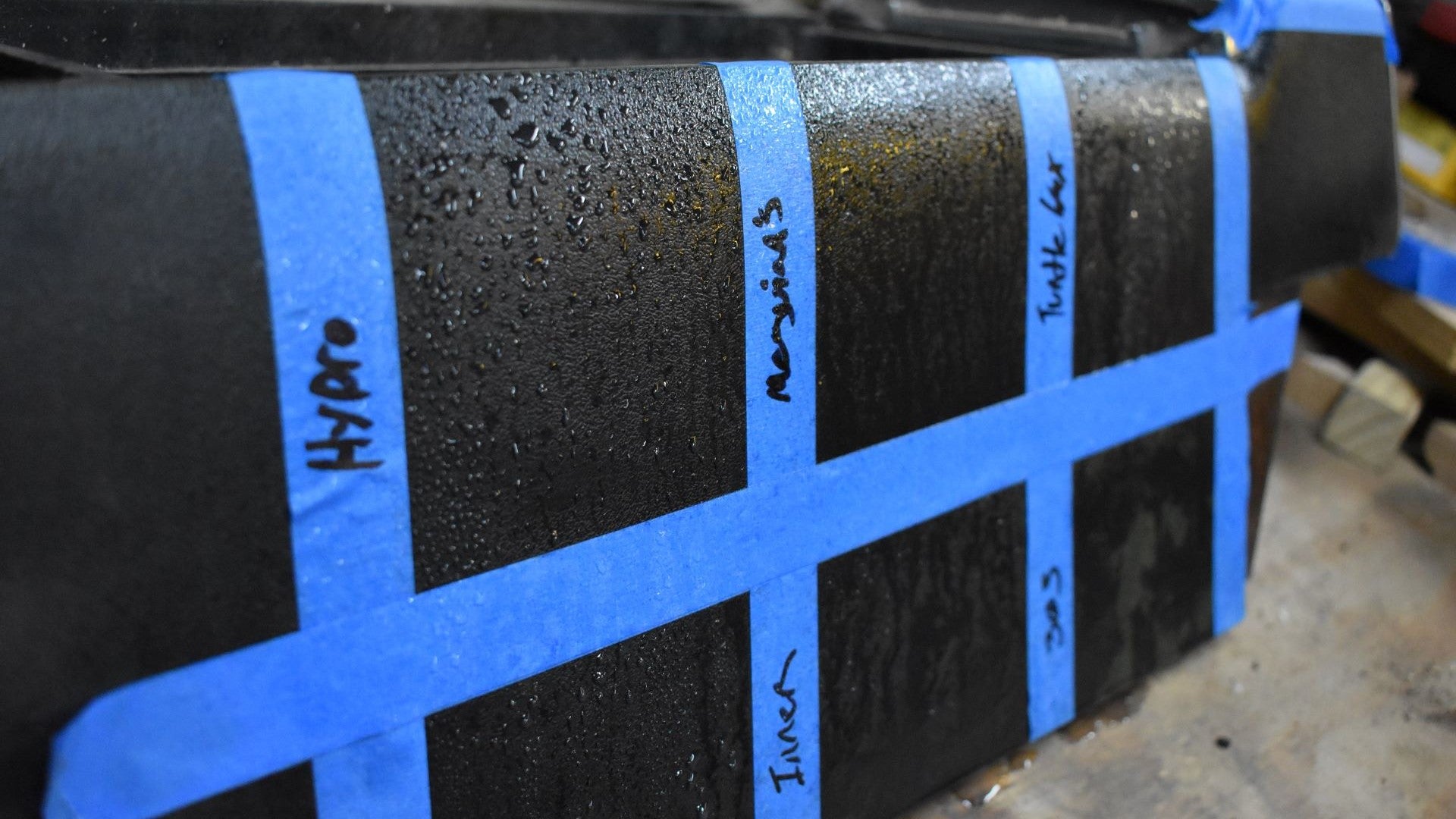
The only that holds this product back is the price point. It costs about twice as much as the second-most expensive product we tested. But what do you expect from a premium, high-tech ceramic cleaner? This stuff works great. Whether or not it’s worth the extra coin to you comes down to personal preference.
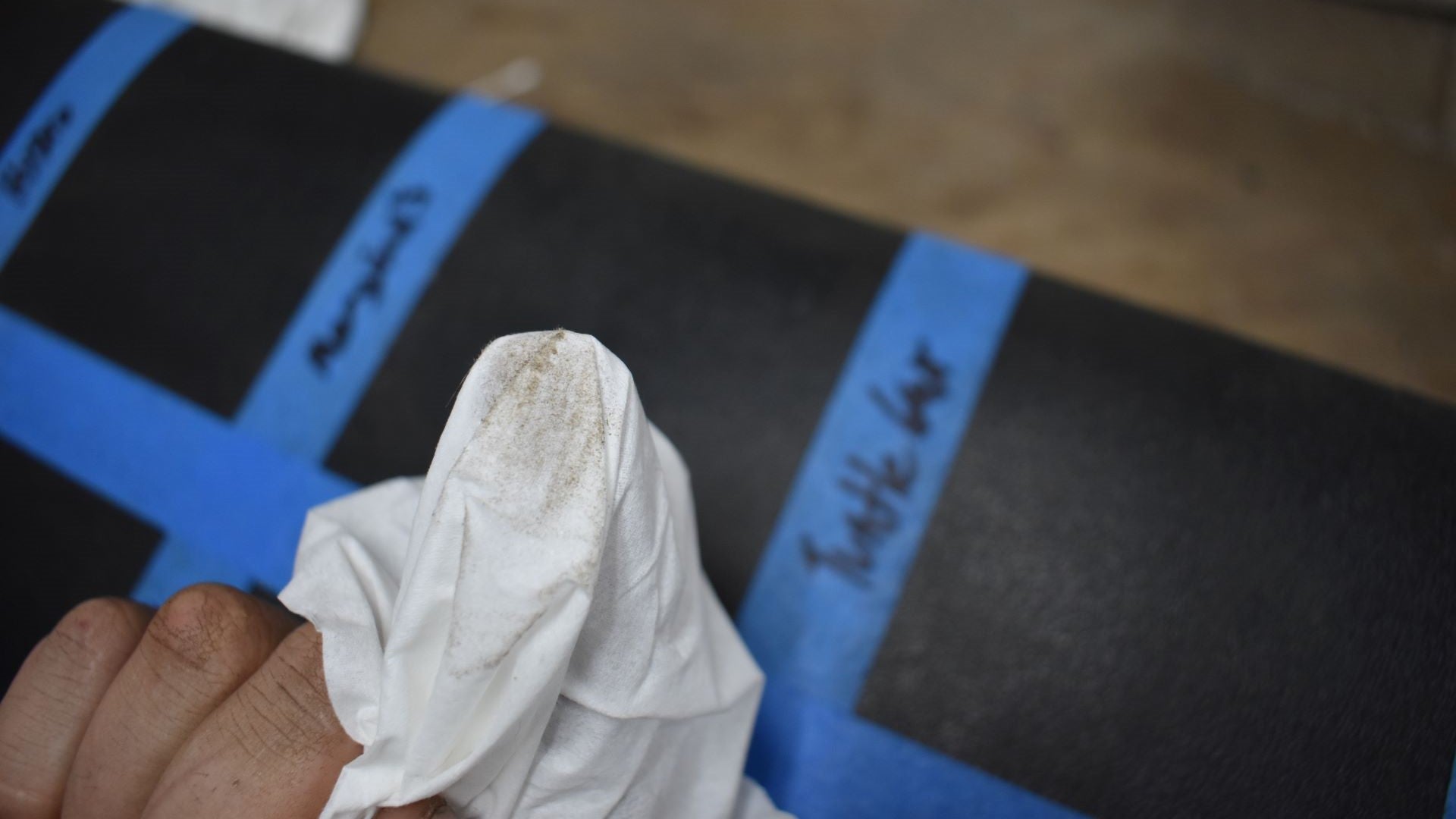
This product ultimately left the thickest finish and was far easier to see and feel than the competition. By no means is it greasy, but it is noticeably slick.
It didn't rank among the best with repelling dust, though. You may find yourself giving your dash a dry wipe-down more often than with some of these other products.

The Turtle Wax’s dust-repellent properties aren’t the best. While all products performed decently, this landed on the lower end of the spectrum in that test.
[Ed. Note—This product is not yet available for retail sale at press time.]
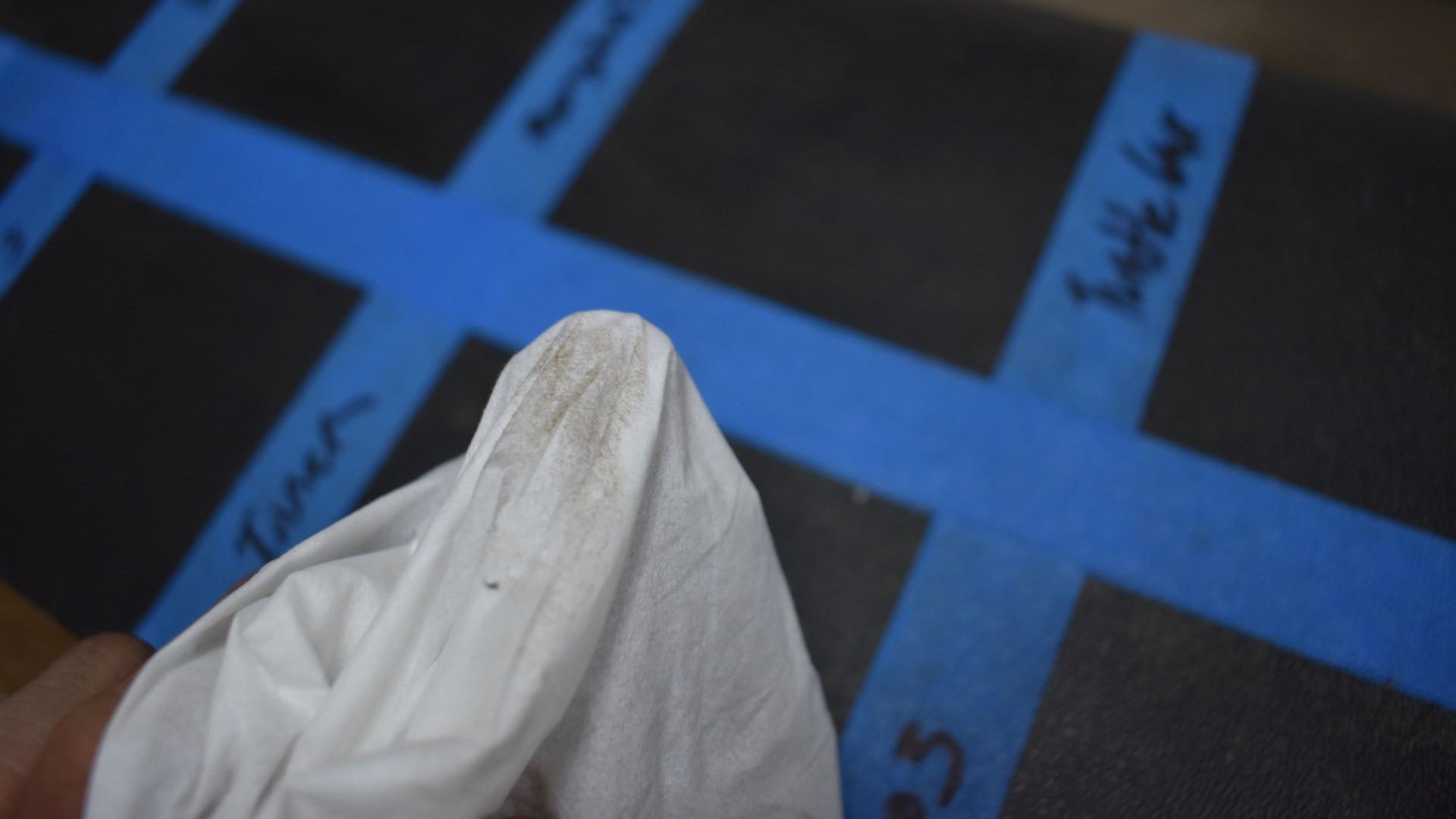
Where this product seemed to lack in comparison to the others is with repelling dust. I’ll admit that there wasn’t much of a science to my procedure, but it still seemed to retain one of the thickest layers of dust of all products tested.
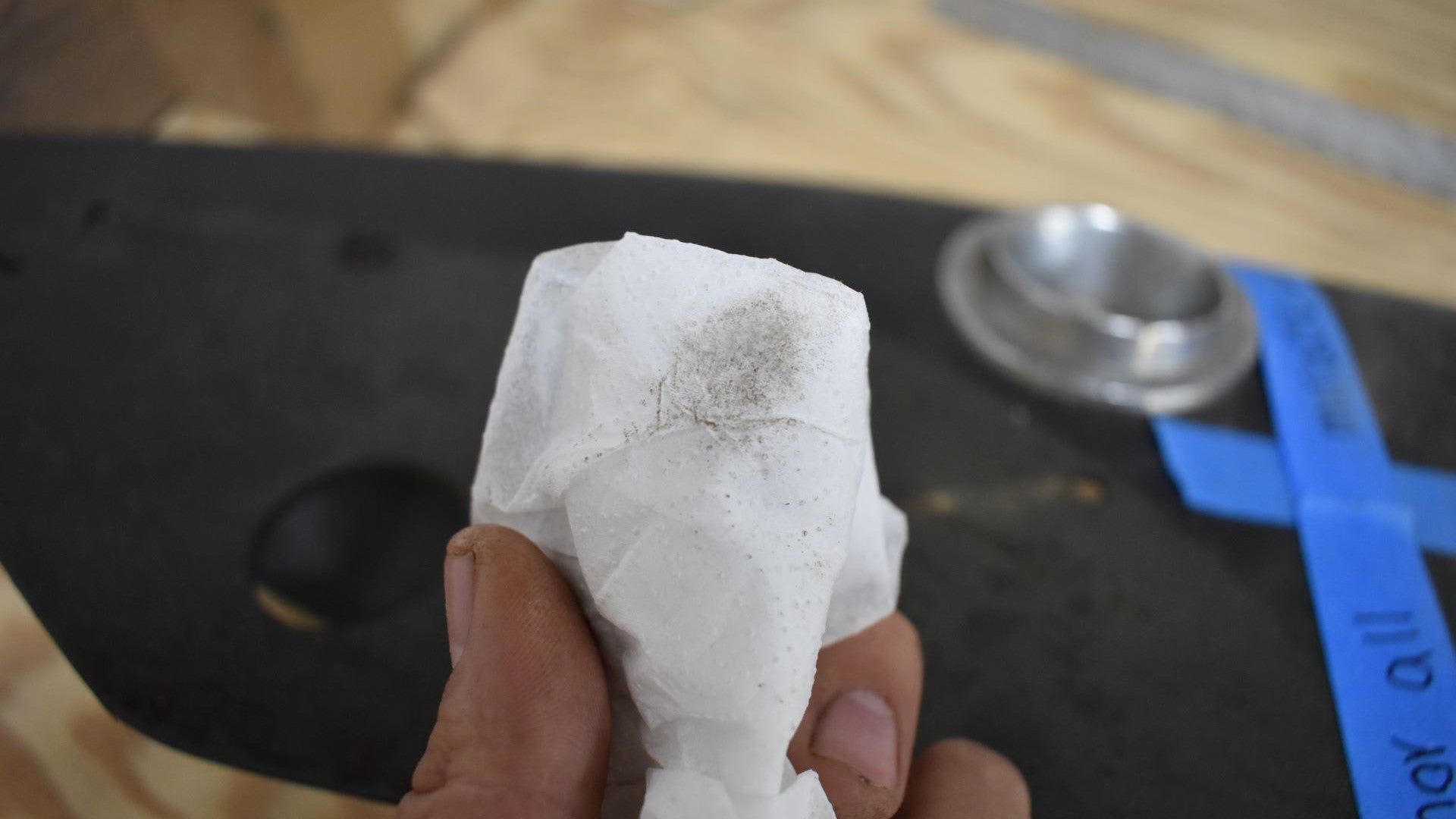
But rest assured, Miracle Wipes Auto is clearly intended to deal with filthy surfaces, which does factor into its drawbacks. It cleans so well that it leaves no protective layer at all and therefore does not repel dust or treat surfaces with UV protection.
You kind of have to follow these wipes with a damp cloth, just to clean up the residue they leave behind. That doesn’t mean Miracle Wipes are necessarily a bad car interior cleaner; those factors are simply the cost of its ability to deal with heavy buildups.
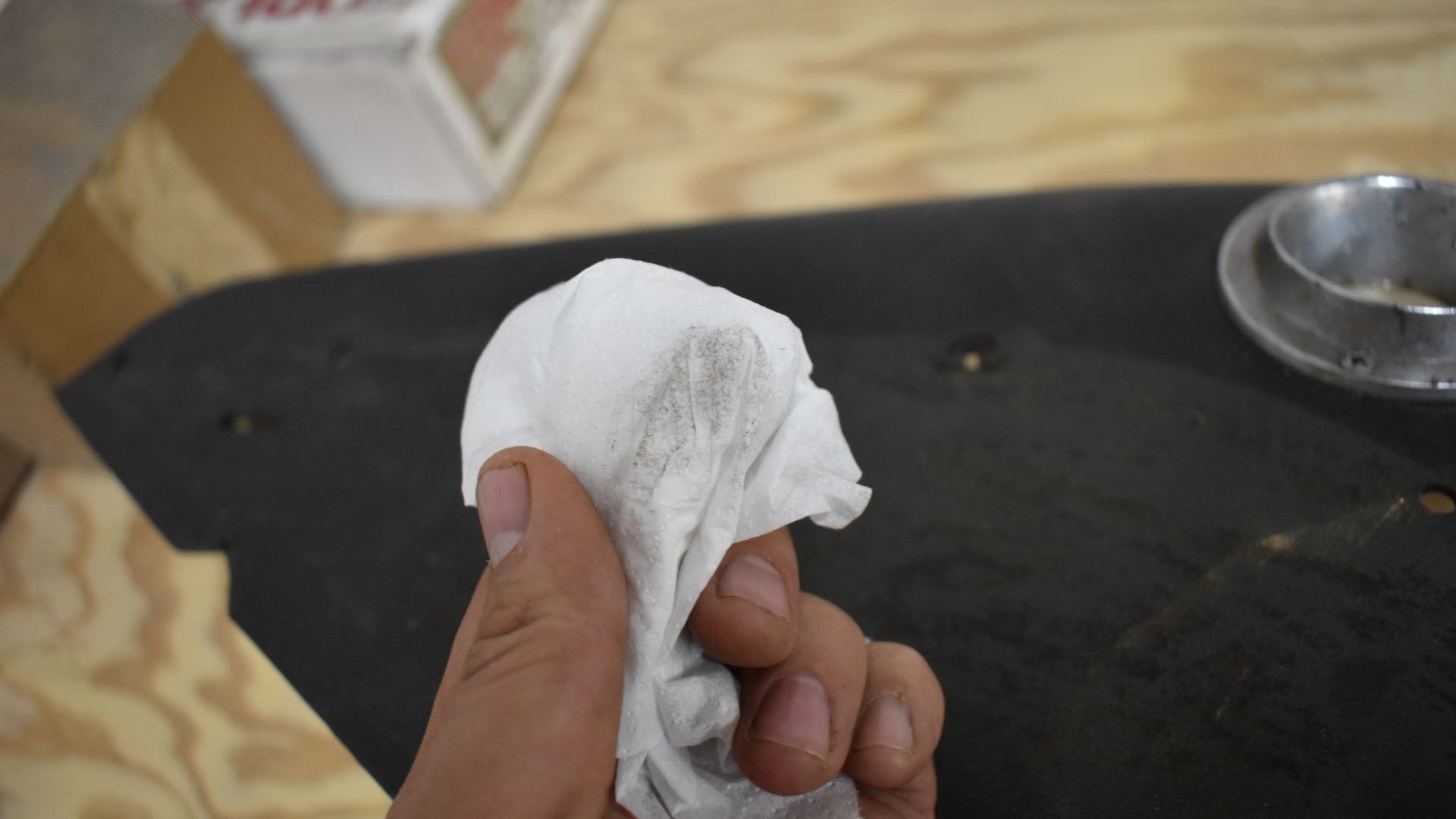
The only reason I didn’t award this product with our Best Value medal is that it leaves behind no protective layer. Dust still clings to the surface. And if you’re lucky enough to live in a sunny, arid climate you’ll want to put something else on your dash after wiping, to protect against premature aging due to harsh UV rays.
Our Verdict
We stand behind Mother’s Speed Interior Detailer as our top car interior cleaner, and 303 All Surface Interior Cleaner as the one that’s the best value for the dollar. While all of these are good cleaners, these two products are both attached to decent price tags—always a plus.
What to Consider When Buying Interior Cleaners
While the list above offers excellent guidance, there's more to consider. Don't worry. Getting up to speed with interior cleaners is far simpler than you might think. The following tips will help you make an educated decision while shopping.
Types of Interior Cleaner
Spray Cleaners
Spray cleaners dominate the market, and for good reason. This method of delivery gives you better control over the distribution of the product, and you’ll typically find more powerful cleaners in this category. It’s important to note that not all sprays are cleaners; some protectants come in this form. We should also note that even the method of application can vary, as some are intended for application with a towel while others are sprayed directly onto the surface.
Interior Wipes
Wipes are an excellent option for many situations such as quick spruce-ups. They’re convenient, as you don’t need to carry around cleaners and cloths. Like sprays, you’ll also find that interior wipes can be dedicated cleaners or protectants, and that’s something to pay close attention to. Unfortunately, we weren’t able to procure any wipes for our testing, so we can’t say for certain how they stack up against spray cleaners. But there are some fantastic and affordable options on the market that get great user reviews.
Key Features
Every product comes with its own set of features you should know. Here are those for car interior cleaners.
Surface Compatibility
Interior cleaners come with all sorts of material designations, and you want to make sure the product you are using is compatible with, and safe to use on, the surface you’re cleaning.
Protective Properties
They don’t just simply clean and almost always leave behind some sort of protective layer. That protective layer might offer a wide range of benefits, or it may simply repel dust.
Finish
The sheen a product leaves behind might be something best left to personal preference, but it should always be a significant concern. You really want to keep an eye out for products that don’t leave behind a greasy feel. The slippery texture not only attracts more dirt and dust, but it isn’t ideal for parts you interact with while driving, such as pedals, steering wheels, and shifter levers.
Interior Cleaner Pricing
You’ll typically find basic cleaners between $5 and $10, though these products offer minimal protective properties but are generally fine for removing dirt and buildup. Some professional-grade and premium products can be found at prices above $20.
FAQs about Car Interior Cleaners
You’ve got questions. The Drive has answers.
Q: Should I use the product full strength or have it diluted?
You shouldn’t have to dilute the product. In fact, none of the products we tested required cutting to any degree. Those with a thicker finish may say going back over the product with a damp cloth can help with streaking, but we didn’t find that to be a common issue.
Q: Do car interior detailers work on scratch marks?
Not exactly. A detailer is simply a cleaner that leaves behind some form of protection; it doesn’t exactly work to mask scratches or finish imperfections. For that, you might want to look into polishing interior components that deal with light scratches.
Q: Can I clean glass with car interior detailers?
Depends on the product. Among the products we tested, some allow for use on glass while others do not. I’d recommend using dedicated glass cleaners simply because the less a product is trying to achieve, the more it excels in the areas it does perform in. Even if an interior cleaner works on glass, glass cleaner will work better.
Q: How often should I use cleaner on the interior of my car?
How often does your car get dirty? Some recommend cleaning your car’s interior once a month. However, you really never know when you’ll spill your coffee, get mud on your kick panels, or sneeze all over the dash. Cleaners won’t harm the surface, nor will they pose much of a threat to anything else. So, it ultimately comes down to how much of a mess you can tolerate and how much money you’re willing to spend on cleaning products.









